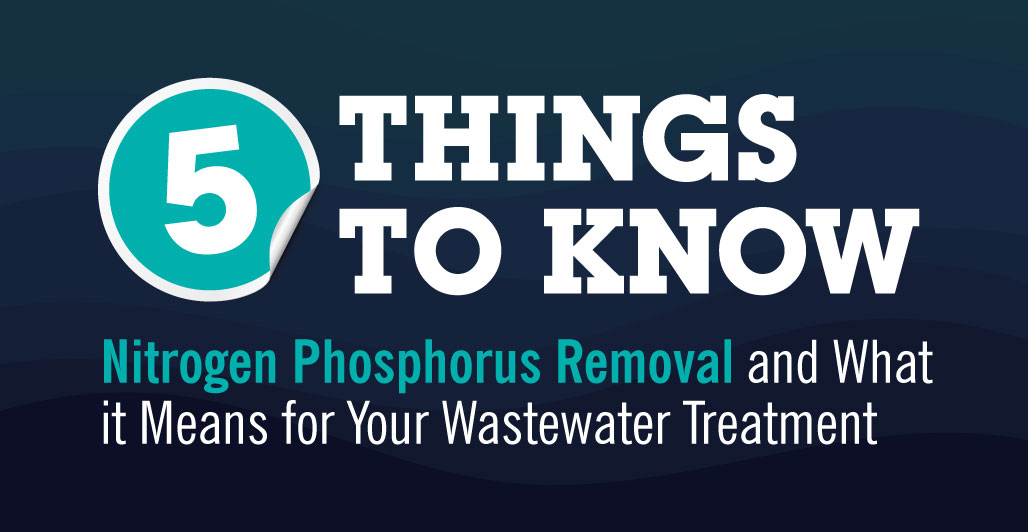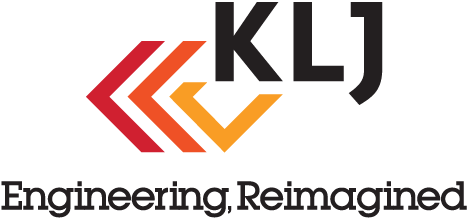Nitrogen Phosphorus Removal and What It Means for Your Wastewater Treatment - 5 Things To Know

Nitrogen and Phosphorous are essential elements in the water we use every day, but too much of a good thing can mean algal blooms, oxygen-starved wildlife, and elevated toxins and bacterial growth. Several states have begun to set numeric nutrient water quality criteria for nitrogen and phosphorus, which on the surface looks like it will benefit everyone. However, small communities may find it difficult to adequately treat their wastewater, pay for wastewater plant upgrades, or find qualified operators for the enhanced treatment systems. Whether you are a small community or a large municipality, here are five things you need to know about nitrogen phosphorus removal.
- Potential risks of high levels of nitrogen and phosphorus leaving wastewater treatment plants.
Nutrient pollution is a serious issue for our lakes, streams, rivers, bays, and coastal waters. When wastewater treatment facilities do not effectively remove nitrogen and phosphorus from their discharge, large amounts of these pollutants can be released into these waterways. Too much nitrogen in water can cause algae to grow faster than the ecosystem can handle, harming water quality, food resources, habitats, and wildlife. States that experience cold weather have a harder time treating for these chemicals since colder weather makes it harder to perform natural nutrient removal.
- Potential dangers of nitrogen and phosphorus in groundwater.
Groundwater is used by millions of Americans as their drinking water source. Nutrient pollution in groundwater sources can be harmful even at low levels, especially for infants. Infants are more vulnerable to a nitrogen-based compound called nitrates in drinking water, which appear at higher levels with nutrient pollution. Not removing enough nitrogen and phosphorus when treating wastewater can impact human health in that community and beyond.
- States currently advancing numeric nutrient water quality criteria.
Under the Clean Water Act, many states are stepping up their water quality criteria standards to eliminate nutrient pollution in their waterways. These criteria enable effective monitoring of a waterbody in order to keep it safe for its intended uses. There are five criteria levels; Level 1 means no Nitrogen and/or Phosphorus (N/P) criteria has been established, Level 2 means some waters have N/P criteria, Level 3 means one watertype has N/P criteria (such as all lakes/reservoirs or all rivers/streams), Level 4 means 2 or more watertypes have N/P criteria, and Level 5 means that state has a complete set of N/P criteria for all water types. Currently Hawai’i is the only U.S. state that meets Level 5 standards, but shares the status with American Samoa, the Commonwealth of Northern Marianas, and Guam. Level 4 states include Florida, Minnesota, New Jersey, and Wisconsin. Puerto Rico also holds Level 4 status.
Even if your state does not currently have criteria set in place, it could adopt them soon. If you’re looking to upgrade your current system due to age population growth, creating a design that keeps these criteria in mind will put you ahead of the curve should your state adopt N/P criteria during the useful life of your project.
- What communities can do to treat nitrogen and phosphorus effectively.
Depending on the size of your community and budget, there are several wastewater treatment solutions.
If you have a large budget, you can consider upgrading to a mechanical treatment facility and have operators run the treatment systems. If your budget is not that large and your community operates a wastewater treatment lagoon, you can upgrade your treatment system to treat for nitrogen and phosphorus without upgrading to a mechanical treatment facility. This option requires some additional treatment processes within the current system. If your community operates a septic system, regular inspections and tank pumping may reduce the risk of exceeding discharge limits. Making sure your septic system is properly designed and maintained can also reduce this risk.
- Where to start - KLJ can help.
Our expertise in wastewater management and nutrient pollution can help you meet the numerical nutrient water quality criteria set forth in your state. With more than 80 years of experience helping communities effectively manage their wastewater treatment and navigating environmental laws and regulations, we are ready to discuss your options for nitrogen and phosphorus removal. Contact Brent Diemer at 303-483-3155 or brent.diemer@kljeng.com or visit our contact us page.
